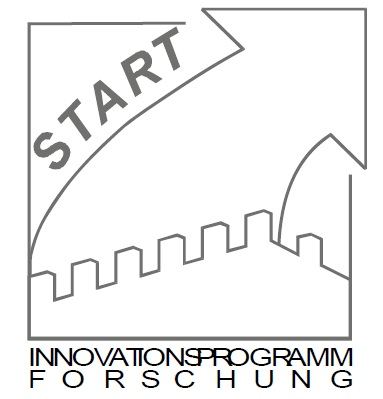Shock wave-induced mechanotransduction in cardiomyocytes
Rat heart in the Langendorff model
Extracorporeal shock waves are nowadays not only used for non-invasive lithotripsy. Several studies have shown that regenerative processes can be induced through shock waves. In particular, the revascularization on chronic ischemic myocardium appears to be very promising. However, the underlying mechanisms are still not fully elucidated.
However, in addition to the regenerative effect, shock waves can also have a damaging effect through enormous mechanical loading on the tissue. Therefore, choosing the right dose is crucial for a positive effect.
In this project, the relationship between the energy generated by treatment head and the forces acting on target area, and thus the attainable biological responses are fundamentally examined. So that mechanical stimuli in the target area can be optimized and determined for each particular application while minimizing the negative effects or clearly calculable risks can be derived. For this purpose, a simulation model of the non-linear propagation of shock waves is created. By using the simulation environment, the prevailing stress and strain tensors in the tissue can be analyzed in order to establish a direct link between the mechanical stimulus and the biological reaction.
These results are evaluated in a three-dimensional cell culture model in parallel. This model allows the molecular biological analysis in terms of initiated intracellular signaling pathways besides the functional view of the contractile tissue. This is followed by transmission to a Langendorff perfusion model with simultaneous comparison to the data collected in simulation.
Funding

The research project was funded by the START- program of the Medical Faculty of the RWTH Aachen.
(Project term: 01/2012-12/2013)


